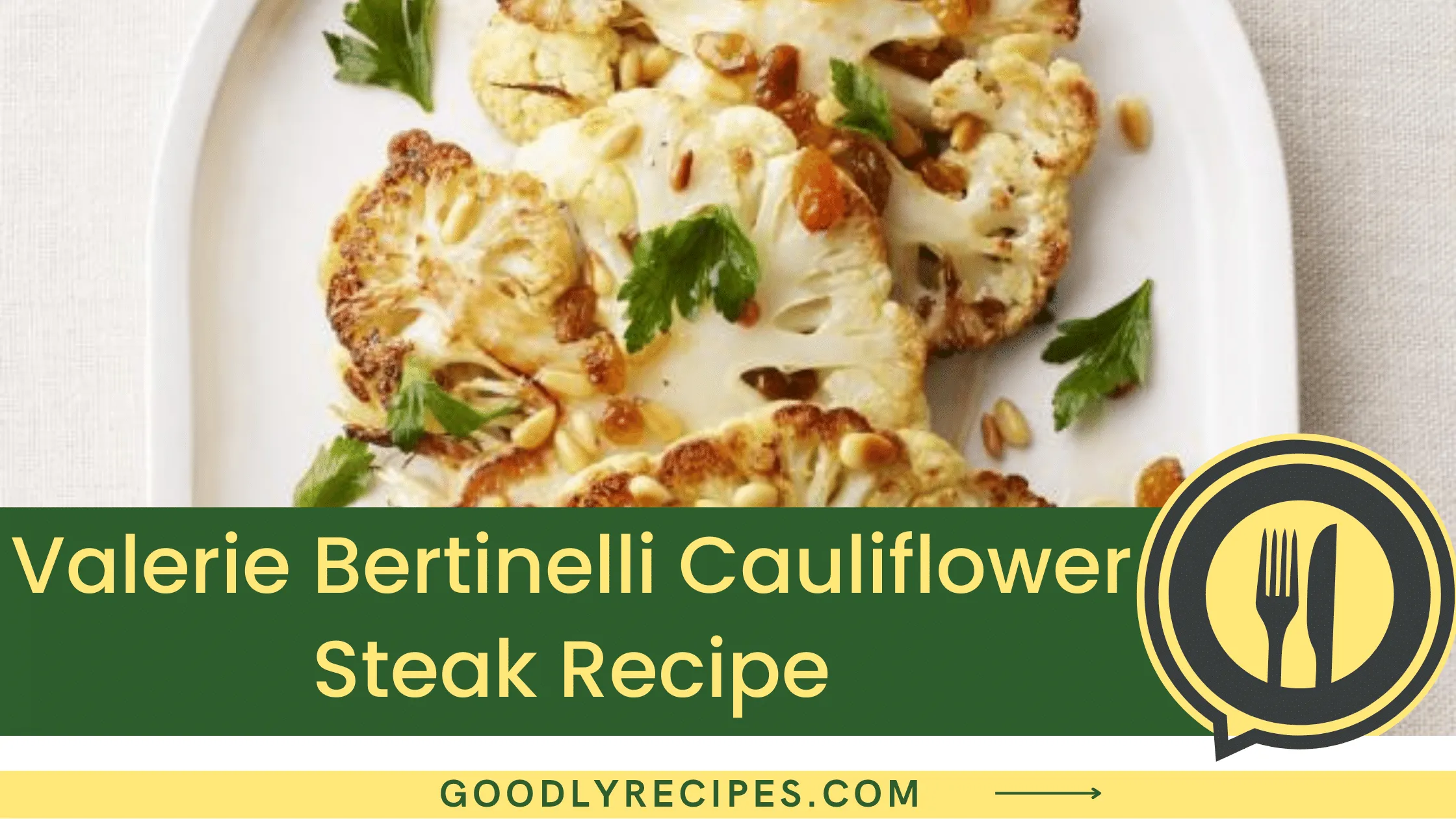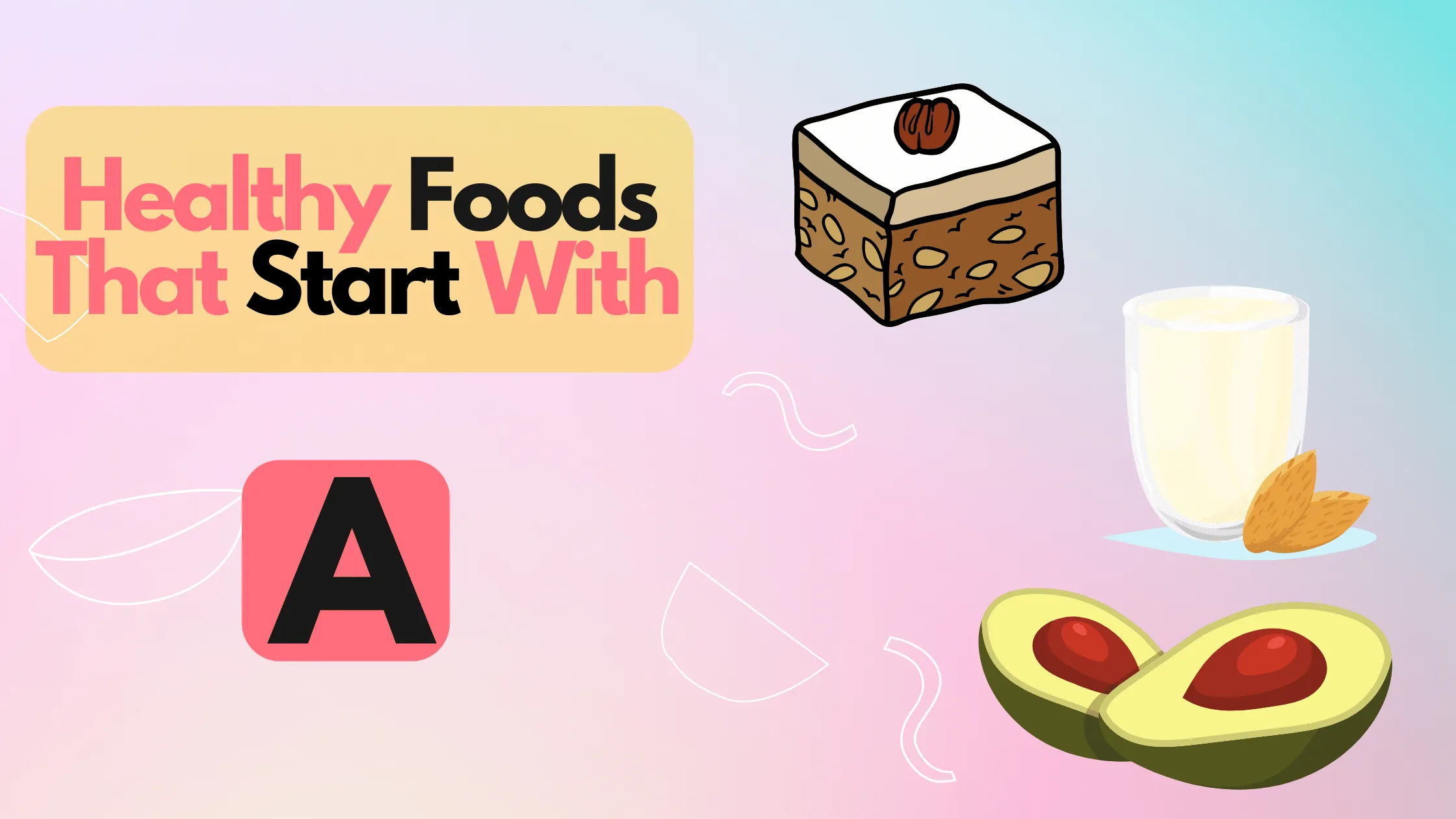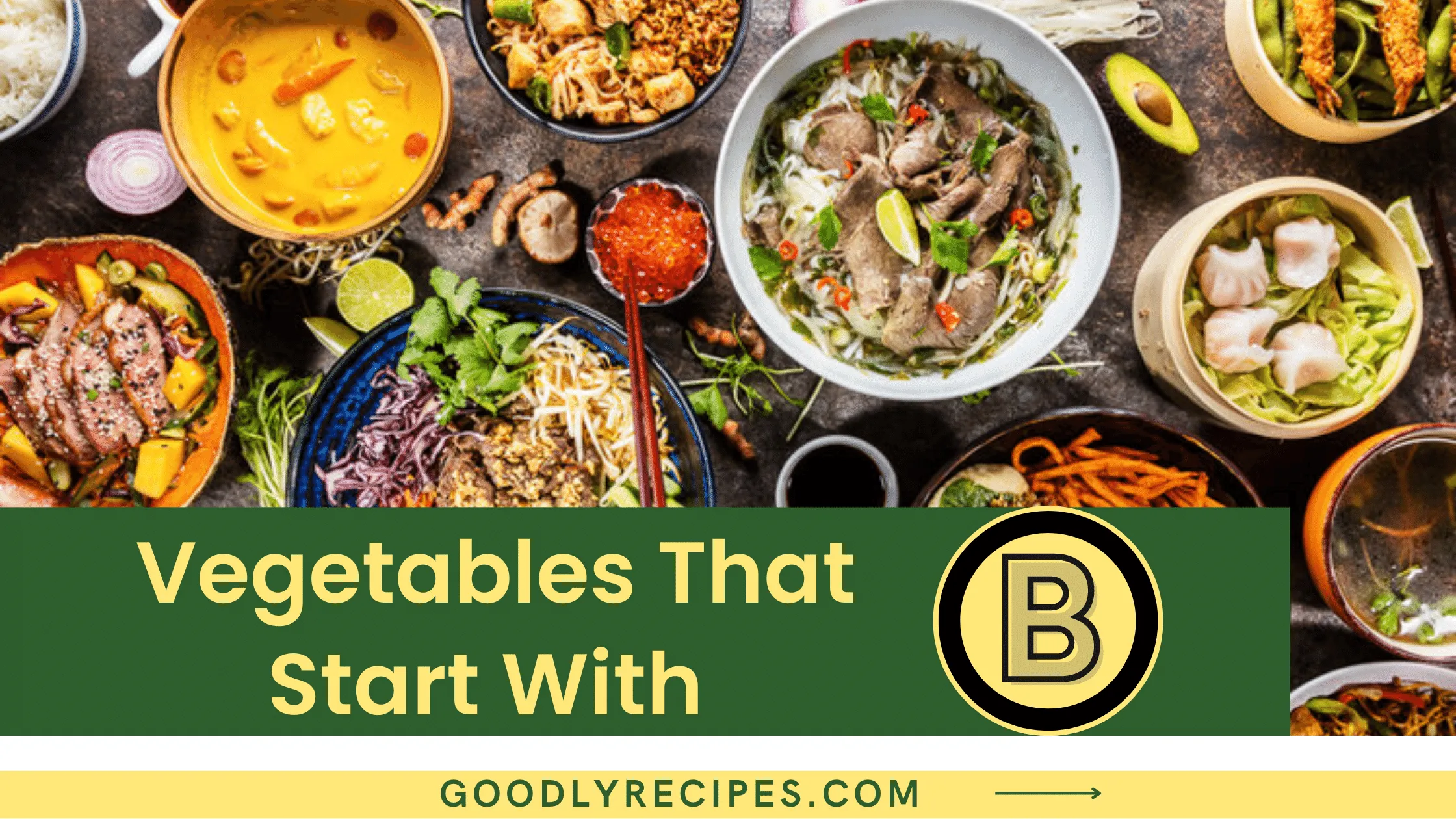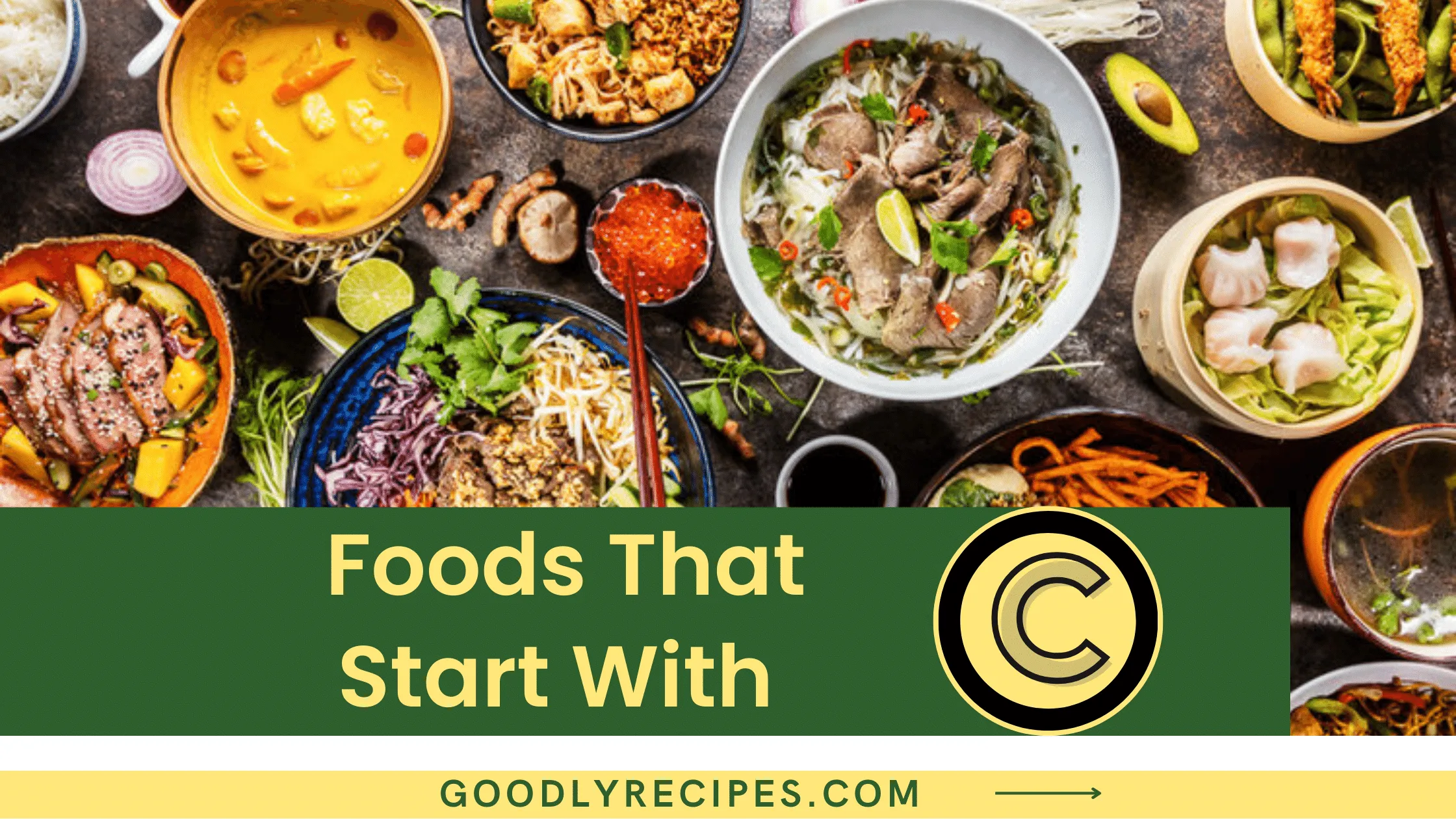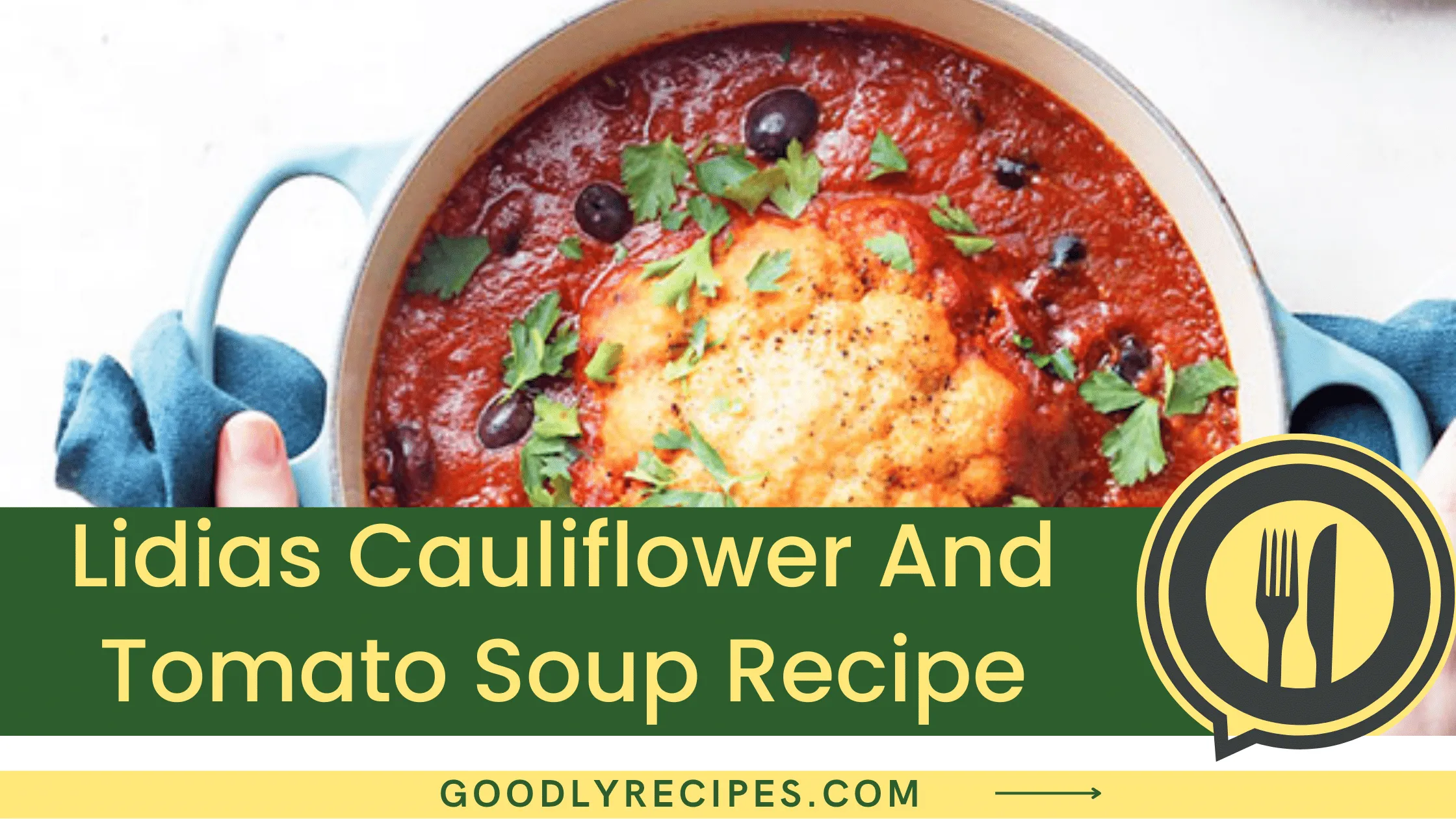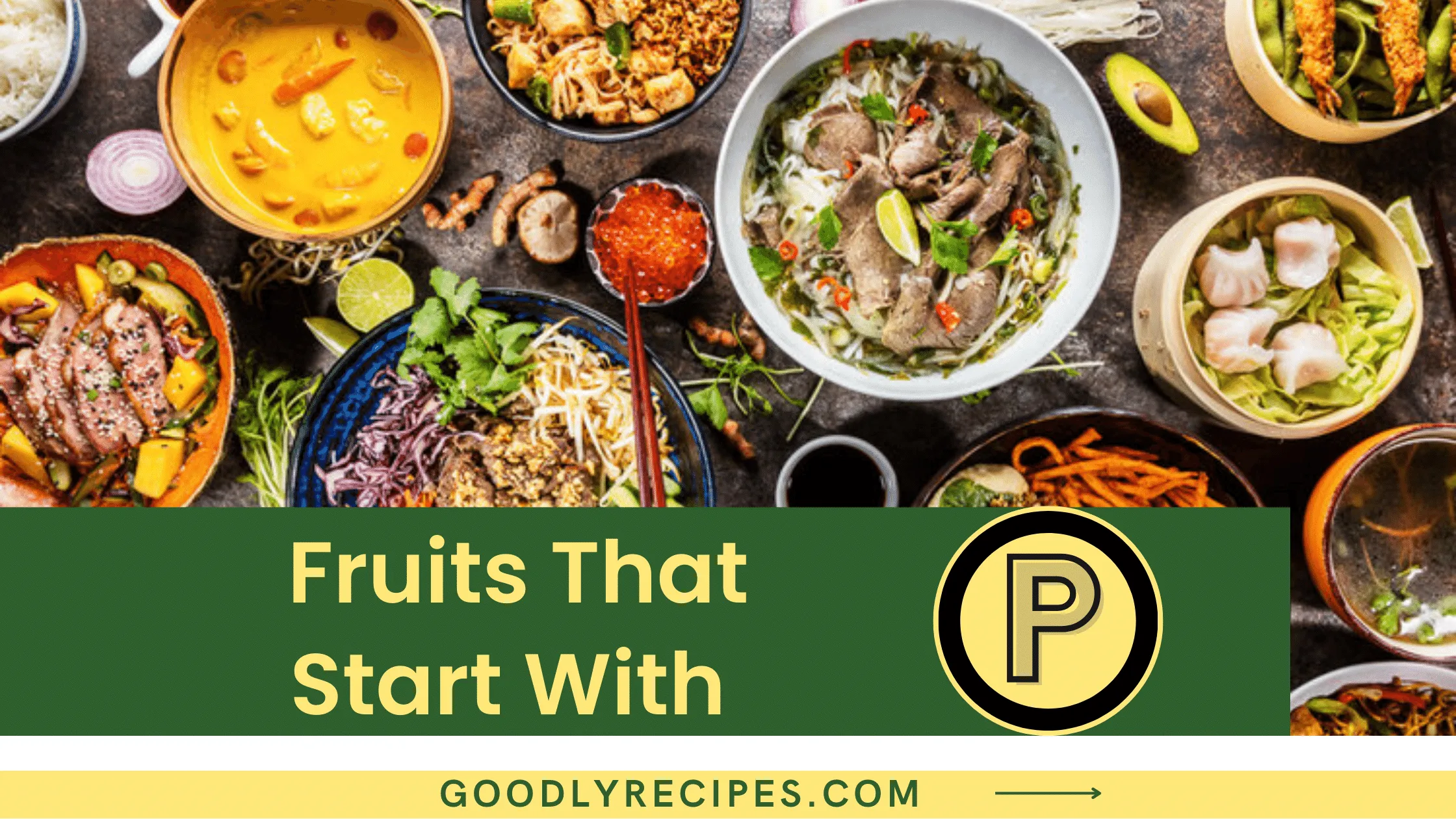Vegetables That Start With C:
When it comes to healthy, delicious vegetables, there are few foods that come to mind as quickly as those that start with the letter C. From carrots and celery to cauliflower and chives, there are a wide variety of veggies starting with C that can add nutrition and flavor to your diet.
Cabbage:
Cabbage is a leafy green vegetable that is a cruciferous vegetable. Cruciferous vegetables are known for their cancer-fighting properties. Cabbage is an excellent source of vitamin C, vitamin K, and folate. It is also a good source of fiber, potassium, and manganese. Cabbage can be eaten raw or cooked. Raw cabbage is crunchy and has a slightly bitter taste. Cooked cabbage has a softer texture and a milder flavor.
Calabrese:
Calabrese is a type of Italian cuisine that is made up of dishes from different regions of the country. It’s known for its use of rich and bold flavors, as well as its hearty ingredients. One popular dish in this style of cooking is Calabrese pasta, which is made with a spicy tomato sauce, garlic, and sausage. The sauce for this dish can be prepared in advance and stored in the fridge or freezer until you’re ready to cook the pasta.
Capers:
Capers are the pickled buds of a bush that grows in the Mediterranean. The capers are picked before they flower, then soaked in brine or vinegar. Capers have a strong flavor and are used to add zing to sauces, dressings, and pasta dishes. They can also be used as garnish. Capers are high in sodium, so use them sparingly if you’re watching your salt intake.
Capsicum:
Capsicum, also known as bell peppers, is a type of vegetable that belongs to the nightshade family. They come in a variety of colors, including red, orange, yellow, green, and purple. Capsicum is high in antioxidants and provides many health benefits. Capsicum is low in calories and high in nutrients. They are a good source of vitamin C, vitamin A, potassium, and folate. They also contain lycopene and lutein two powerful antioxidants. Antioxidants help protect the body from damage caused by free radicals.
Cardoons:
Cardoons are a type of vegetable that is related to the artichoke. They have long, narrow stalks and large, feathery leaves. The stalks and leaves are both edible, but the cardoon is most commonly eaten for its buds, which are similar in taste to artichokes. Cardoons can be cooked in a variety of ways, but they are most often boiled or braised. They can also be added to soups or salads.
Carrots:
Carrots and cassava are both root vegetables with a variety of health benefits. They are both high in fiber, vitamin A, and potassium. Carrots are a great source of beta-carotene, which is converted to vitamin A in the body. Vitamin A is important for maintaining healthy skin, hair, and eyesight. It is also essential for fighting infection. Cassava is a good source of dietary fiber, which can help regulate digestion and reduce the risk of constipation and other digestive problems.
Cassava:
Cassava is a root vegetable that is often ground into flour for use in various dishes. It is a good source of dietary potassium, vitamin C, and manganese. Additionally, cassava contains significant levels of resistant starch which may offer health benefits such as improved blood sugar control and weight management. Cassava flour is gluten-free and has a neutral flavor which makes it versatile for use in both sweet and savory dishes.
Cauliflower:
Cauliflower is a cruciferous vegetable that is related to broccoli, kale, and Brussels sprouts. It is high in antioxidants and vitamins K and C. Cauliflower can be eaten raw or cooked. When raw, cauliflower has a slightly sweet taste and a crunchy texture. It can be used in salads, slaws, and dips. When cooked, cauliflower becomes very soft and takes on the flavor of whatever it is cooked with.
Cavolo Nero:
Cavolo Nero, also known as Tuscan Kale, is a type of kale that is dark green in color with curly leaves. It has a bitter and slightly peppery taste and is a great source of vitamins A, C, and K, as well as folate and potassium. Cavolo Nero is best cooked by boiling or steaming for 5-7 minutes. It can also be used in salads or sautéed with other vegetables.
Celeriac:
Celeriac, also known as celery root, is a type of root vegetable that has a creamy white flesh and a flavor that is similar to celery. It can be used in both cooked and raw dishes, and is popular in dishes like celeriac remoulade or grated into salads. Celeriac is high in vitamin C, potassium, and dietary fiber. It also contains small amounts of calcium, magnesium, and phosphorus.
Celery:
Celery is a crunchy and delicious vegetable that is packed with valuable nutrients. It is a part of the Apiaceae family, which also includes carrots, parsley, and dill. Celery is made up of 95% water, which makes it a very hydrating food. It is an excellent source of antioxidants and vitamin K. Vitamin K is important for healthy bones, as it helps to increase bone density. Celery is also a good source of folate, vitamin C, and potassium.
Chard:
Chard is a leafy green vegetable that is part of the beet family. It has dark green leaves with red or white veins and a slightly bitter, earthy flavor. Chard can be eaten cooked or raw and is a good source of vitamins A, C, and K, as well as minerals such as potassium and magnesium. It also contains high levels of antioxidants, which are beneficial for preventing disease and promoting health.
Chayote Squash:
Chayote squash (Sechium edule) is a type of fruit that is sometimes used as a vegetable. It is pear-shaped and has green skin and white flesh. Chayote squash is high in fiber and vitamin C, and it also contains some potassium, vitamin B6, and magnesium.
Chayote squash can be eaten cooked or raw. When cooked, it can be boiled, baked, or steamed. It can also be cubed and added to stir-fries or salads.
Chicory:
Chicory (Cichorium intybus) is a bushy, perennial herb with blue, lavender, or white flowers. It is an ancient plant that has been used for food and medicine for centuries. The root of chicory is dried and ground to make a coffee-like beverage called “kaffir” or “kafir”, “coffee of the Abyssinians”. Chicory contains high levels of inulin, a type of carbohydrate that is not digestible by humans. However, it is fermented by gut bacteria into lactic acid and acetic acid, which are two SCFAs (short-chain fatty acids).
Chili Peppers:
Chili peppers contain a compound called capsaicin. Capsaicin is what makes chili peppers spicy. It’s also responsible for many of the health benefits associated with chili peppers.
Capsaicin has been shown to have anti-inflammatory and analgesic properties. It’s also been shown to help improve cardiovascular health, protect against cancer, and boost weight loss.
Choy Sum:
Choy sum is a popular leafy green vegetable in East and Southeast Asia. The vegetable is high in fiber, vitamins A and C, as well as potassium. It can be stir-fried, steamed, or added to the soup. Choy sum is also available in canned or frozen form for those who don’t have the time to prepare it from scratch.
Cime de Rapa:
Cime de Rapa (chimera of turnip) is a type of turnip that is very popular in Italy. It has white flesh and a purple top. The taste is similar to that of the standard turnip but somewhat sharper.
Cime de Rapa can be eaten cooked or raw. When cooked, it can be boiled, fried, or grilled. It can also be used in soups and stews. When raw, it can be shredded or chopped and added to salads.
Collard Greens:
Collard greens are a type of leafy green vegetable that is often used in southern cuisine. The plant is a close relative of cabbage, broccoli, and kale, and shares many of the same health benefits.
Collard greens are an excellent source of vitamins A, C, and K, as well as minerals such as calcium and potassium. They also contain beneficial phytonutrients like carotenoids and glucosinolates, which have been shown to reduce the risk of cancer and other diseases.
Corn:
Corn is a cereal grain that is the most common grain in the world. It is a member of the grass family and is related to other grains such as wheat, barley, and rice. Corn is usually yellow or white, but there are also some varieties that are red or blue. Corn was one of the first plants to be domesticated in North America around 10,000 years ago. Today, corn is grown all over the world and is used for many different things including food, feed for livestock, ethanol fuel, and more.
Cucumber:
Cucumber is a fruit that is long and cylindrical in shape. It has smooth, edible skin and small, black seeds that are surrounded by thin flesh. Cucumbers are a good source of vitamin C and potassium. Cucumbers are available year-round. The most common variety is the English cucumber, which is seedless and has thin skin. Other types of cucumbers include the Kirby cucumber, which has bumpy skin; the hothouse or greenhouse cucumber, which is seedless and often waxed; and the pickling cucumber, which is smaller than other varieties and has bumpy skin.
Source: GoodlyRecipes.com

